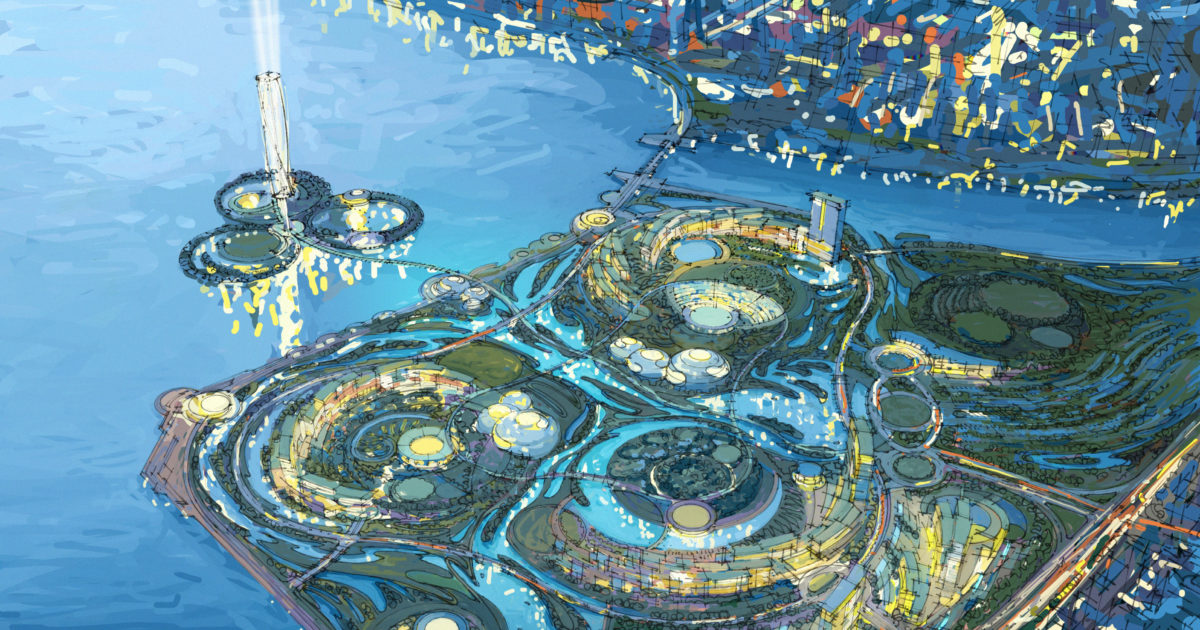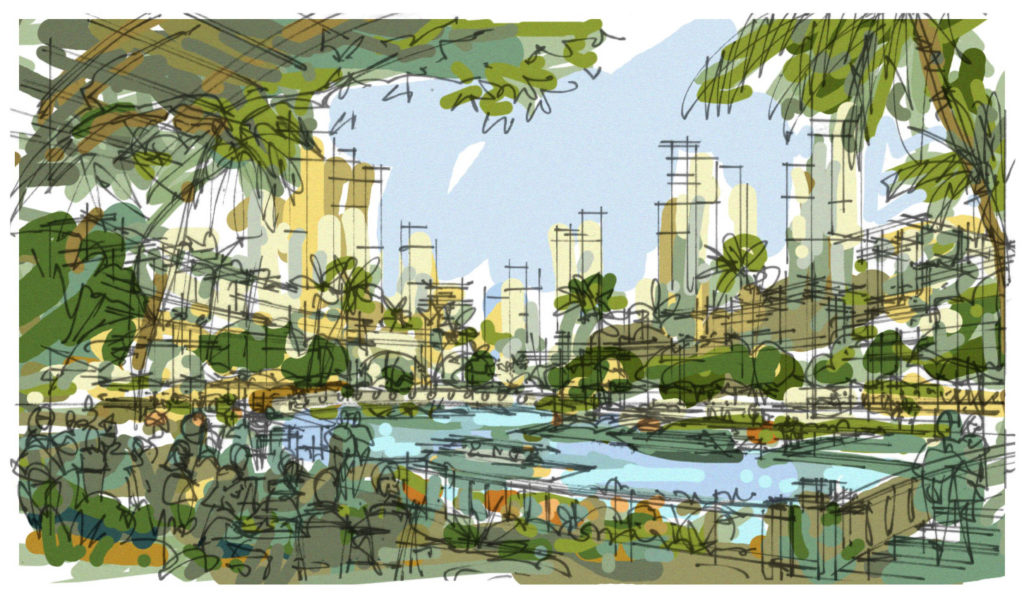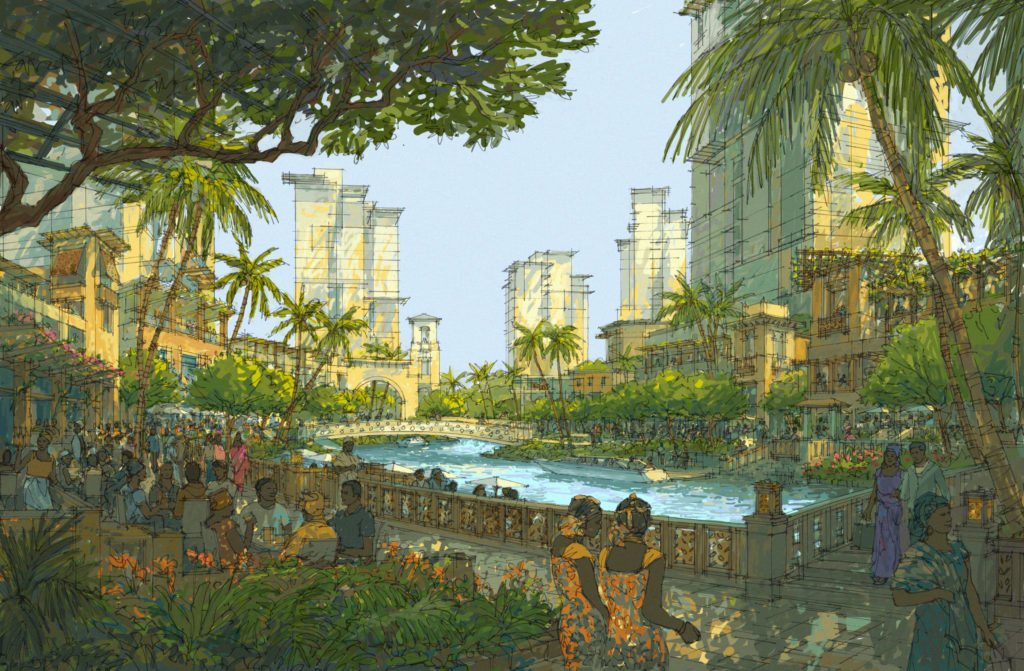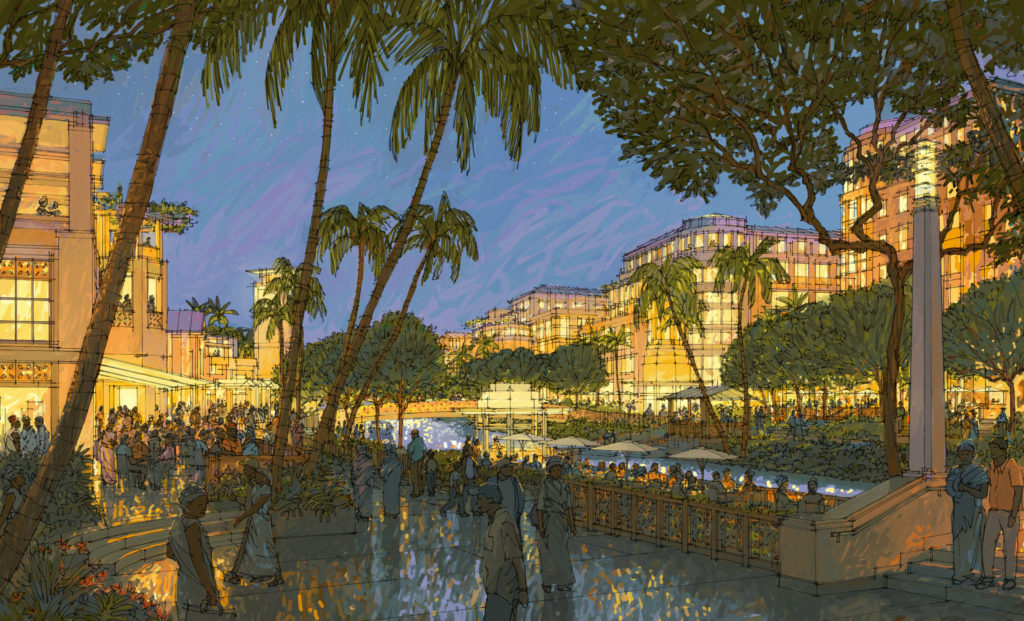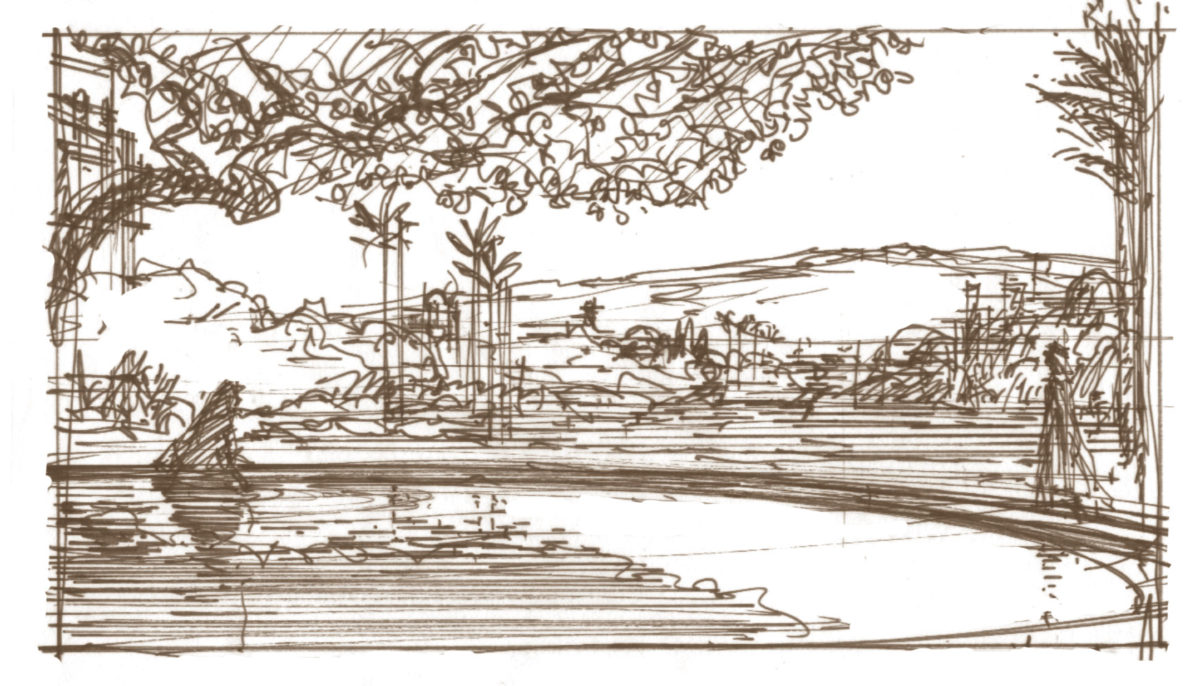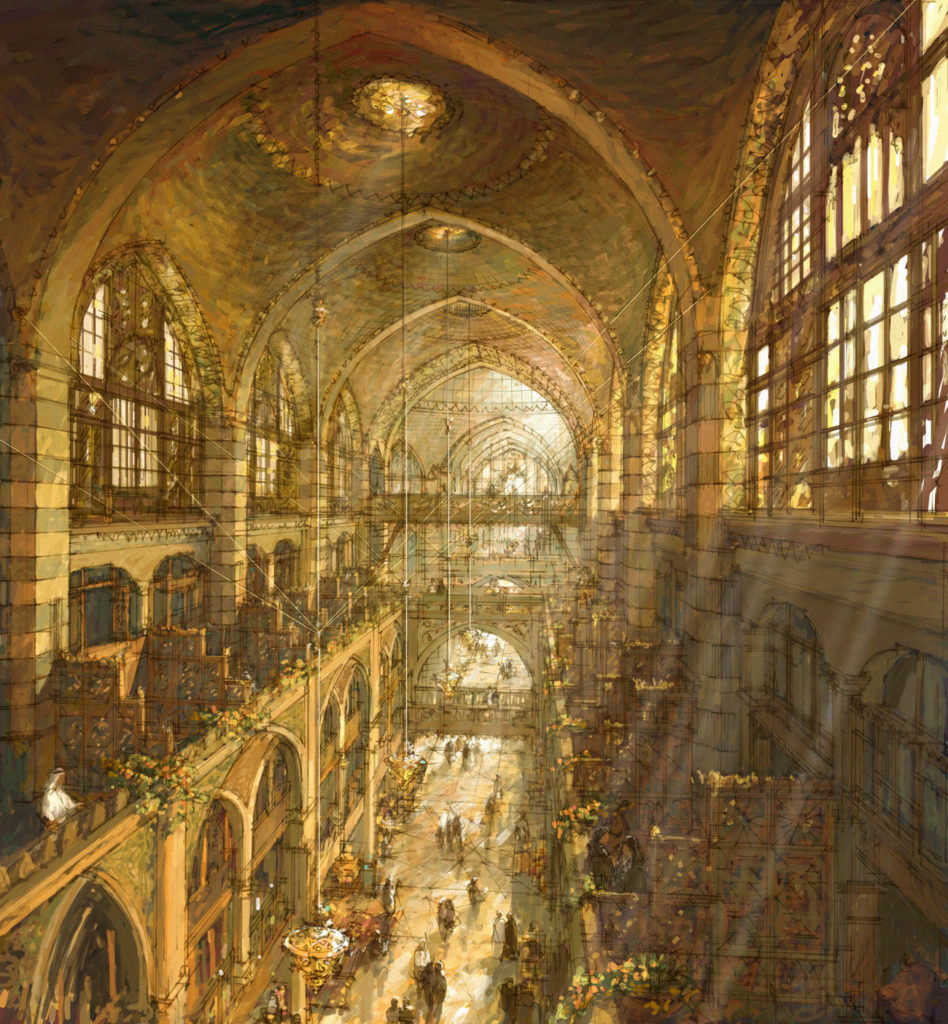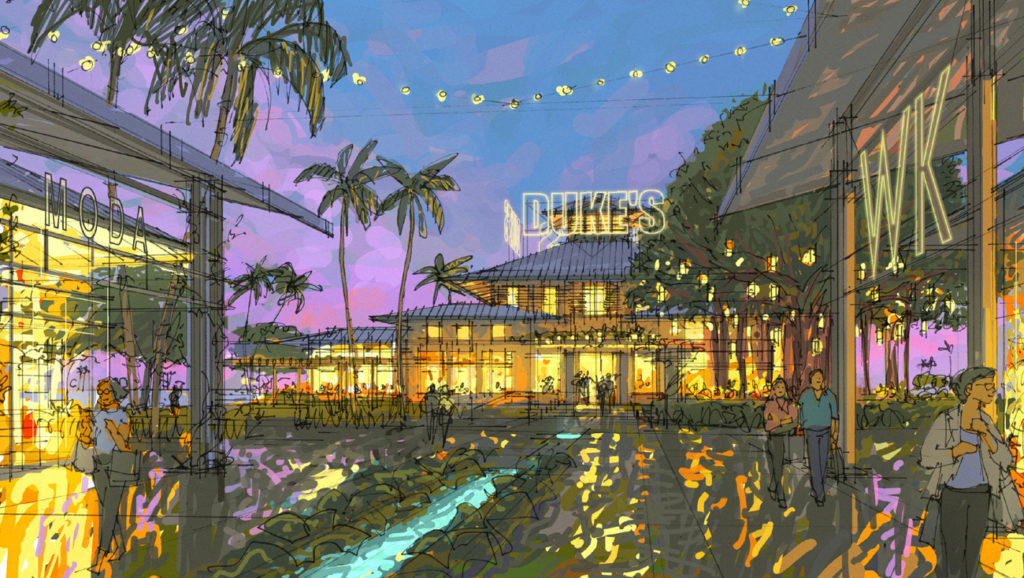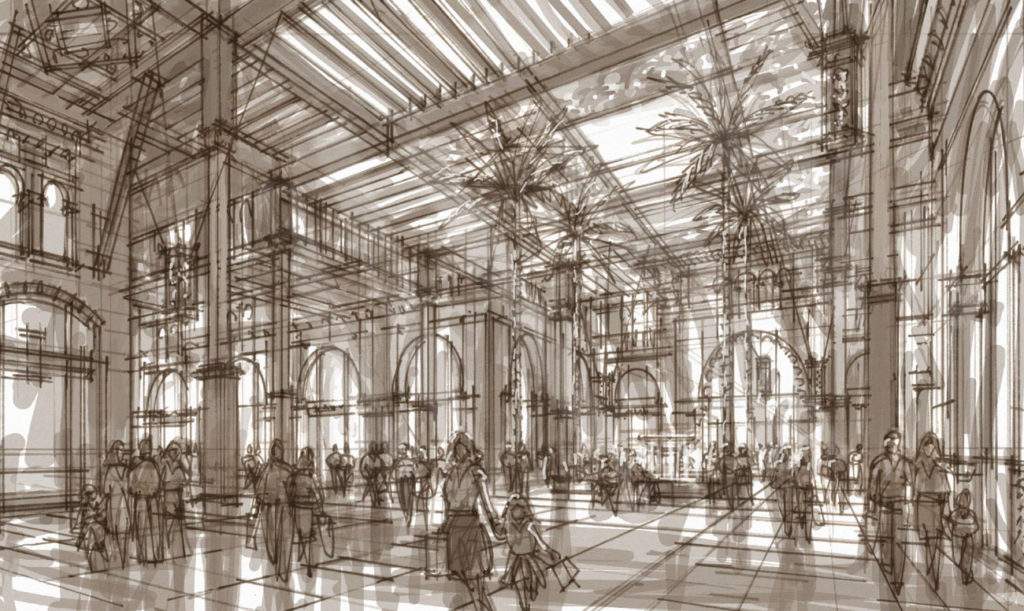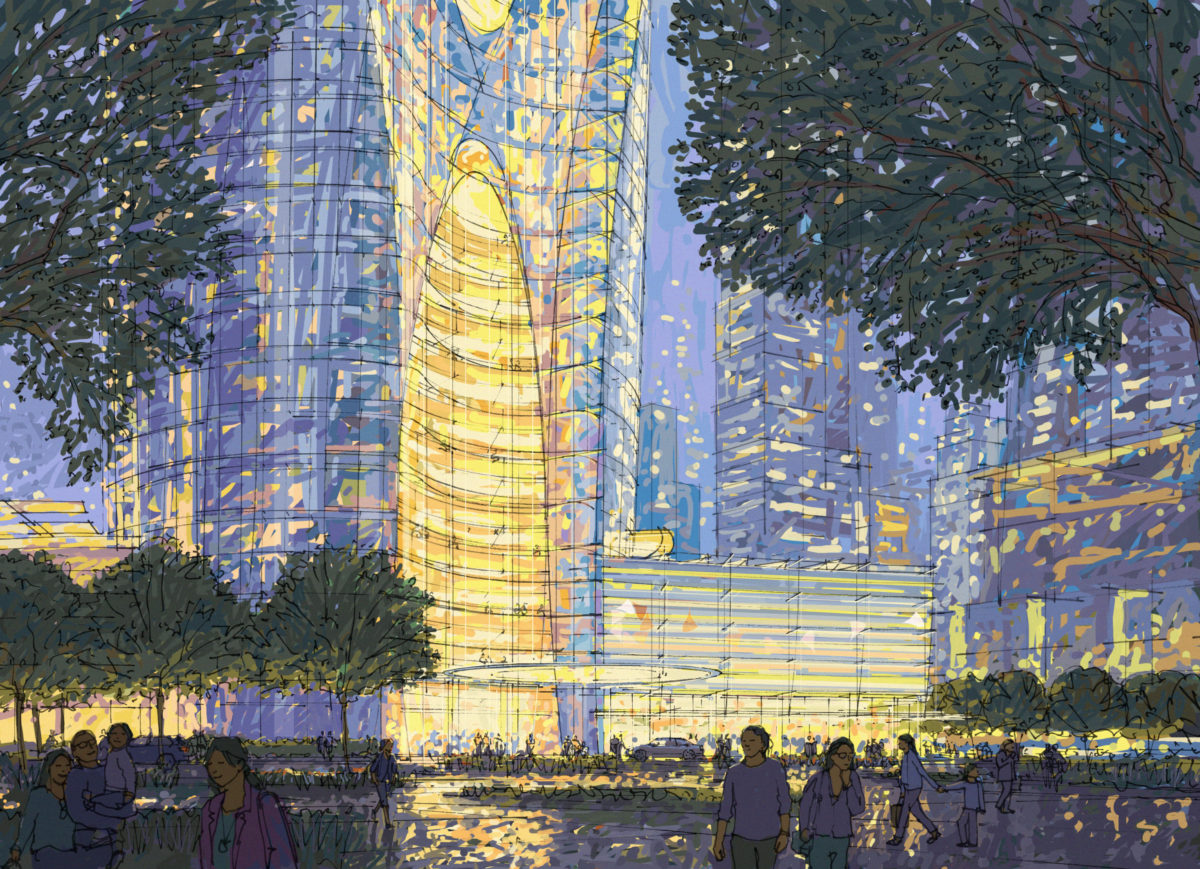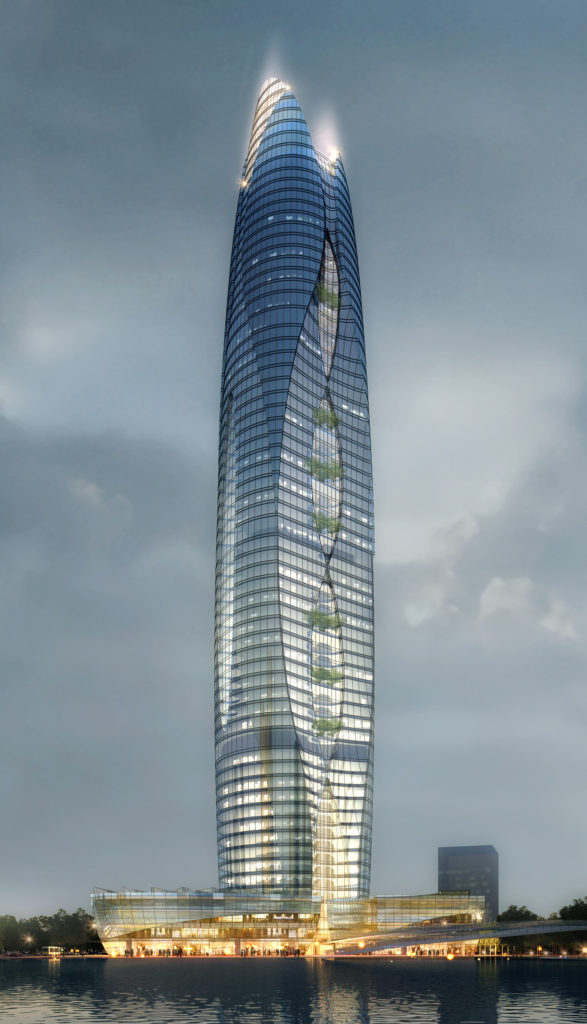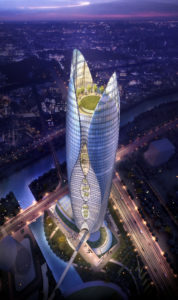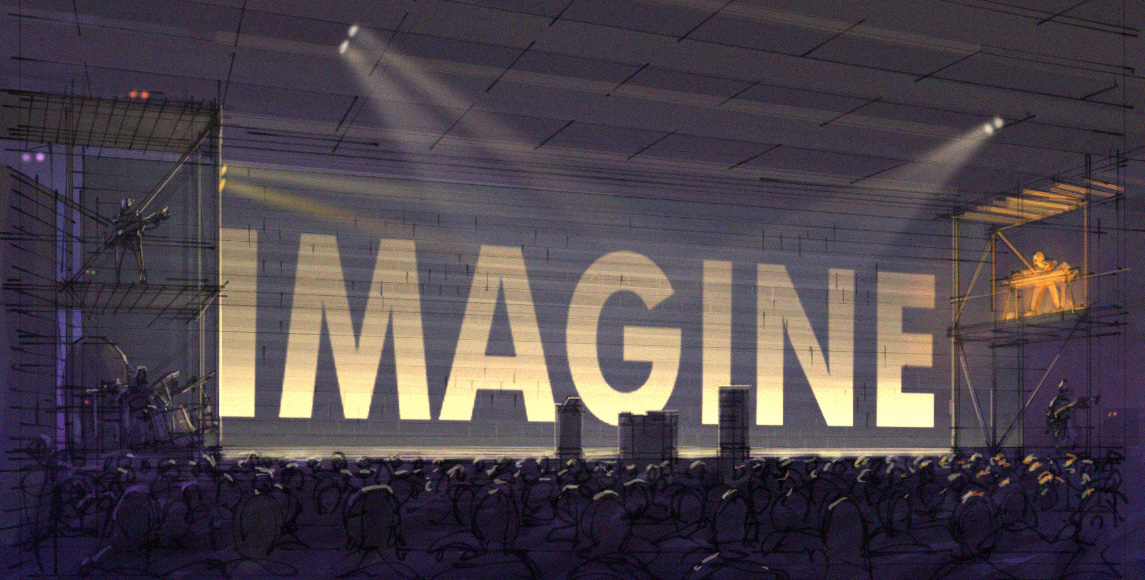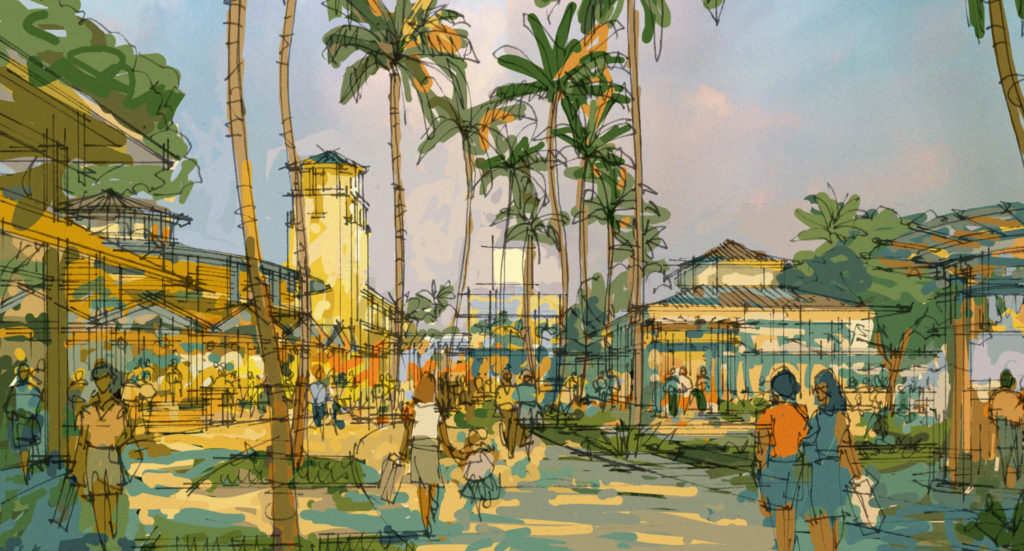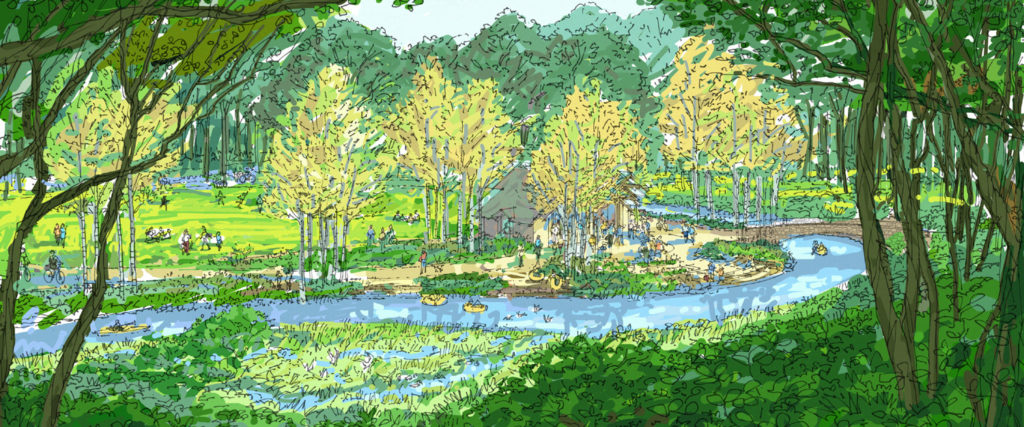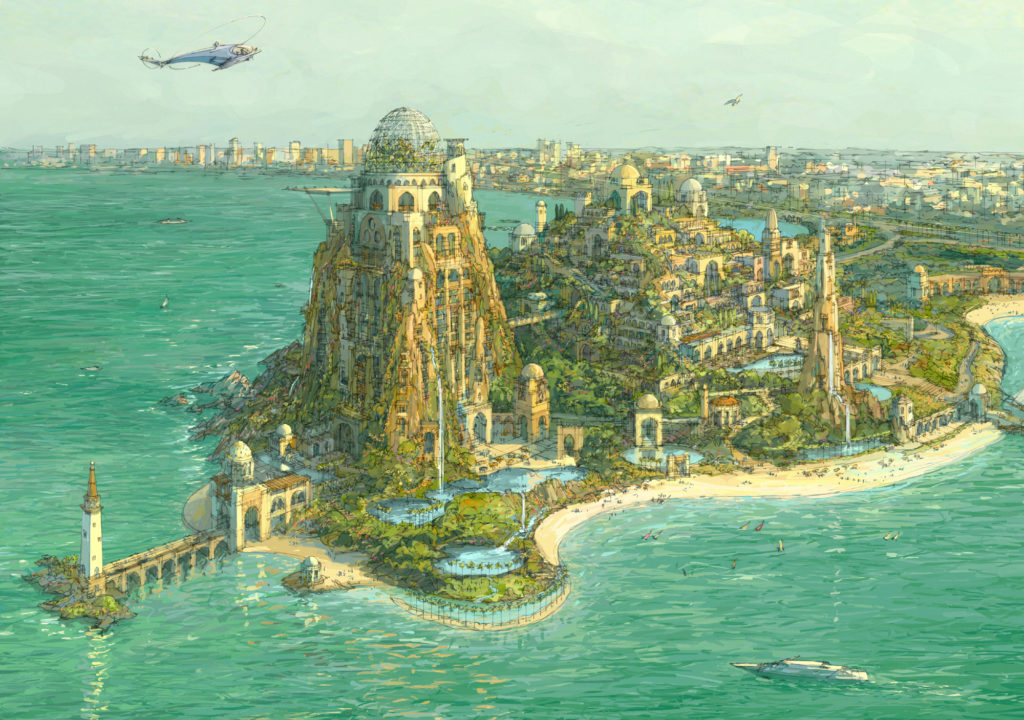Computer-aided Misrepresentation in the Design Process
Representation is central and integral to the design process. A design only exists as a representation until a project is executed, and thus its proper representation is essential to all perceptions, judgments and evaluations made and required until that day. Any design representation must reflect and correspond to the state of proposed, pending, and as-yet-unaddressed design decisions at a given time.
The visible representation of design proposals is limited to some form of two-dimensional, orthogonal projection, or three-dimensional model, isometric, or perspective view. Each of these representations can be accomplished ‘by hand’ or with the aid of various technologies, most usually computer software.
Representations are created to evaluate proposals appropriate to the aspects of the design problem under consideration. The prioritization of effort in the representation should closely correspond to the state of the design. Representation of still-undefined elements should be left ambiguous or unstated. Irrelevant or self-evident elements, when included, should be represented in a manner that makes their stature clear.

In traditional design representation, most usually by-hand drawing, the actual physical effort and time allotted to the exploration, development, and depiction of any particular element is—by the nature of the medium—generally proportional to the importance of that element in the current design proposal. In other words, a designer will not spend great effort drawing entourage at the expense of project-related solutions or alternatives. Entourage may be included for purposes of communicating scale or space, but it is a misapplication of effort to embellish it beyond that function. Similarly, detailed, extensive rendering of materials is rarely necessary to thoroughly communicate their character and contribution to the design. The hand-drawing medium itself encourages a well-prioritized effort that inherently focuses on what the designer seeks to emphasize in the particular study at hand.
In contrast, this same proportioning and prioritization of effort and focus is easily distorted when a designer utilizes software-driven means to depict a design solution. It is little trouble to include fully detailed automobiles, photorealistic people and trees, and highly-rendered materials in a computer-generated depiction. Through this aspect alone, the design questions being posed by a given proposal often lack proper focus and relative emphasis. The skewed prioritization creates a misrepresentation, compromising the designer’s, and the client’s, ability to properly evaluate the proposal. The ability to evaluate a particular aspect of a design at its proper time in the process is compromised and even eclipsed by the presence of design decisions whose time has not yet come. What should one focus on if everything is apparently of equal importance? How ‘proposed, evaluated, and accepted’ is any one aspect of the design when everything is represented as such?
At any point in the design process, there are many elements that have not yet been fully defined. Nevertheless, they form much of the context in which the current design questions are framed. It is important to represent such aspects in an ambiguous fashion so that one may properly judge current proposals ‑ not allowing their specifics to distract us from the issues under discussion, or to imply that they are fully intended as shown. It is difficult to generate vague or ambiguous context via the computer, and even when done effectively, it often requires disproportionate effort simply to do so.

Beyond posing challenges to proper design evaluation, the assignment to the computer of many ‘rendering’ tasks—especially those related to spatial structure, light, and shadow—undermine the development of clear understanding in those same realms by the designer. Designers may become adept at the operation of the software at the expense of their own knowledge regarding the fundamental building blocks of design.
Of course we cannot accept designers who are less than competent in the use of their communication media, whatever it may be. Lucid evaluation of design proposals by the client, and by the designers themselves, is crucial to the development of good design solutions, and cannot occur without appropriately accurate and transparent communication media. This applies to by-hand as well as computer-aided means. Nevertheless, correspondence between effort and importance is inherently balanced in a by-hand design drawing process, but prone to significant distortion when aided by the computer. A good design drawing lets one clearly see what is intended, imagine what is implied and ignore what is off-topic. By contrast, nearly all program-based representations ignore emphasis, imply intent where there is none, and draw attention to the irrelevant.
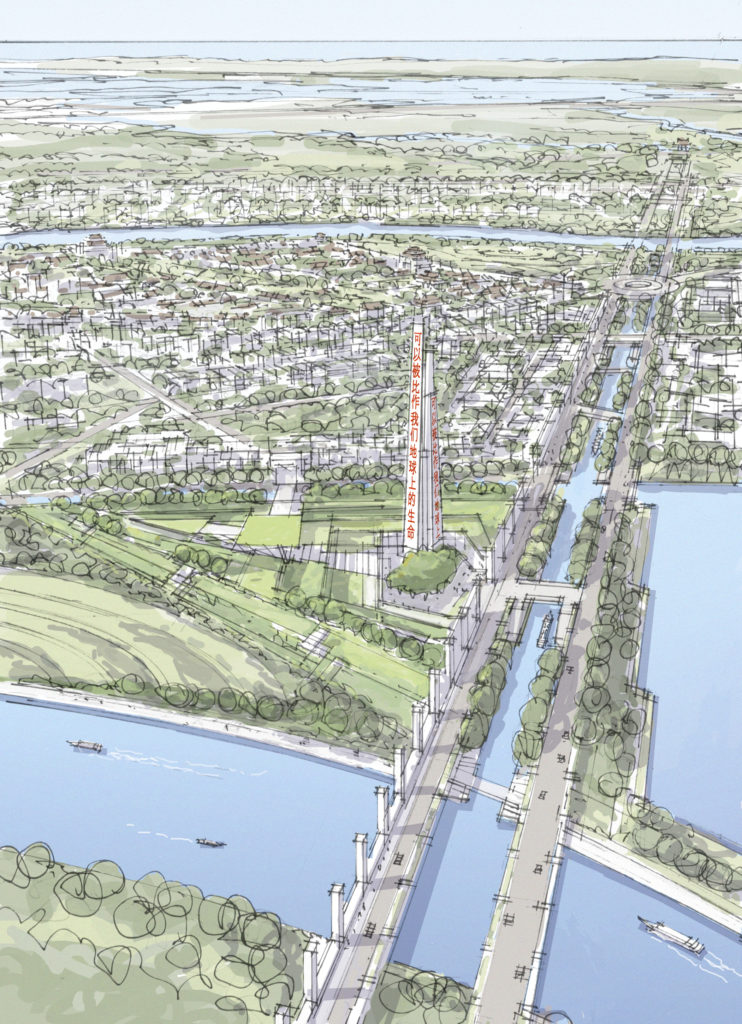
Capable designers understand these tendencies and, rather than accept them, develop processes that capitalize on the strengths of each medium while avoiding the pitfalls that undermine a proper design process.
—MSL

